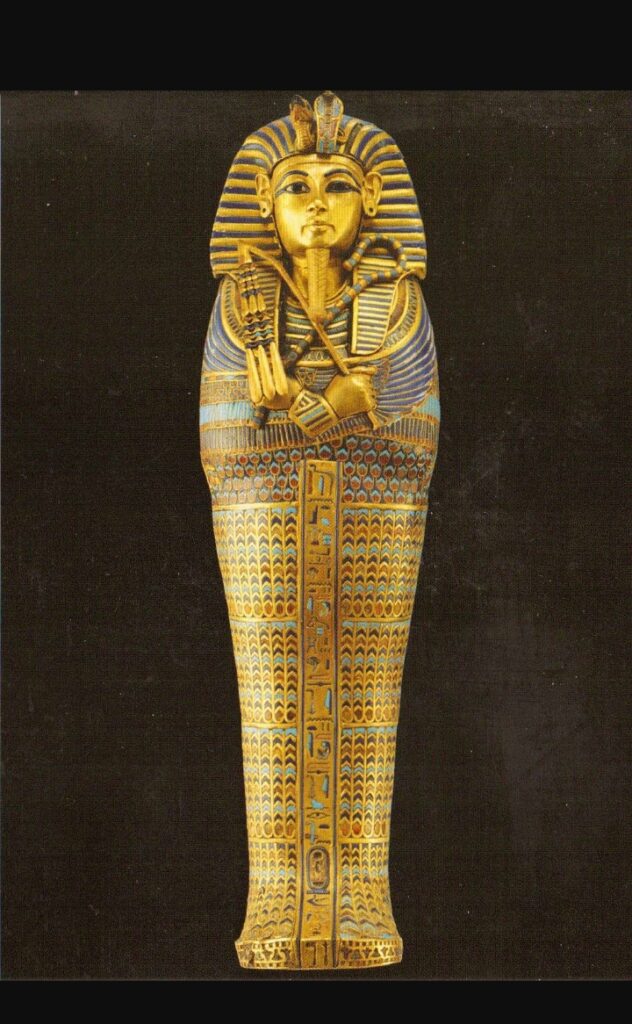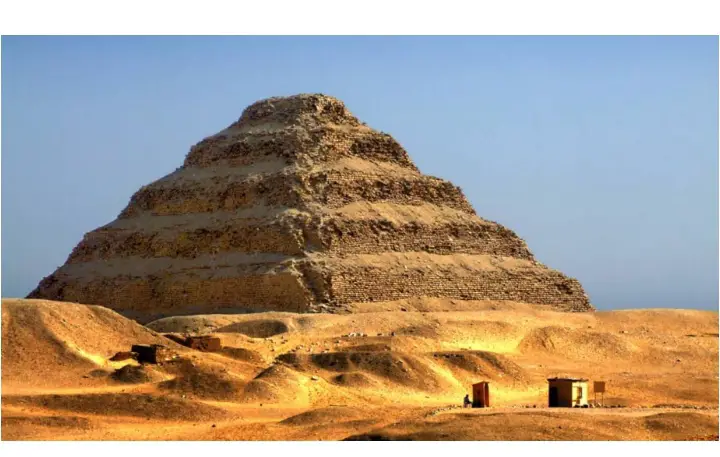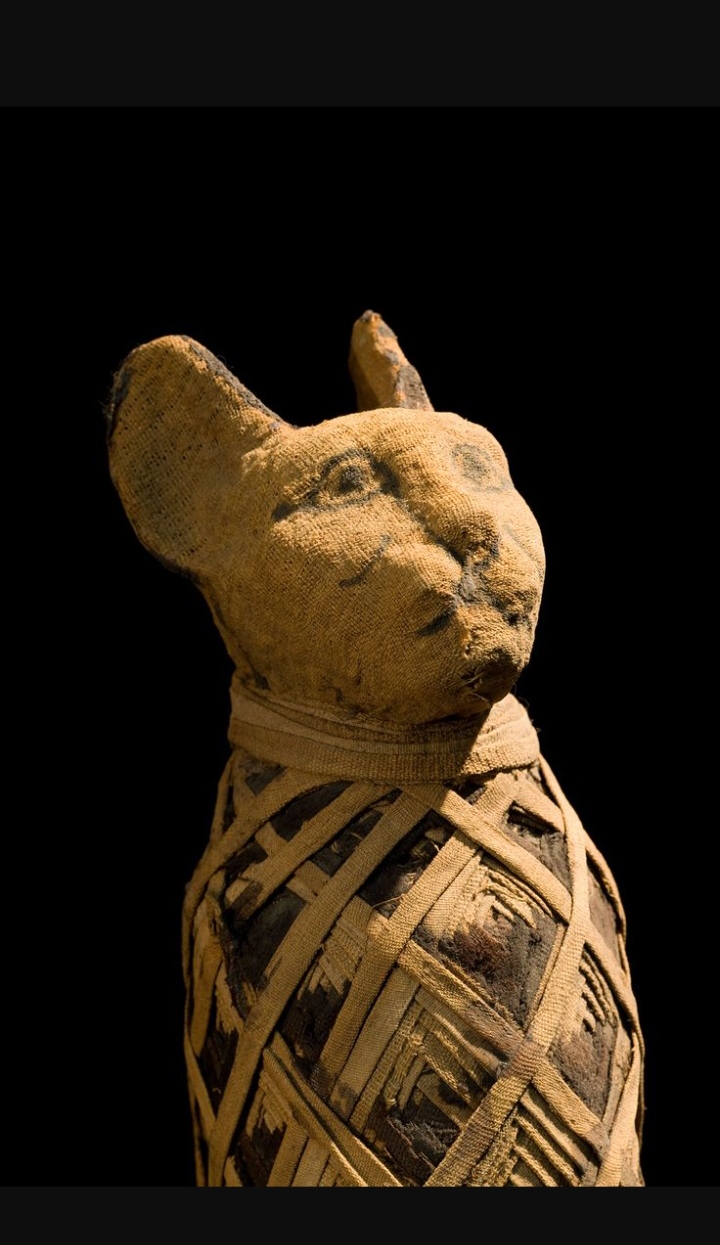What’s a mummy?
A mummy is a deceased person or an animal whose soft tissues and organs are preserved so that the retrieved body does not further decompose if stored in a cool and dry area. Mummification is an expensive way of preserving the body and is done in preparation for the afterlife.

Place of discovery.
Only a few steps from King Tut’s tomb, the archaeologists discovered the pyramid of a hitherto unknown ancient Egyptian queen. The archaeologists found a collection of coffins, mummies relics, and a network of connected tunnels within the pyramid.
The discovery may have belonged to one of the generals closest to King Tutankhamun. The claim is according to archaeologists working at an archaeological site south of Cairo in Saqqara. The archaeologists have been working there for the past two years. King Tut’s tomb was discovered a century ago in Giza.

The archaeological team had initially concentrated on the adjacent Teti pyramid. According to ancient Egyptian sources, Teti also went by Othoes, Tata, Atat, or Athath. He was buried at Saqqara after reigned for about 13 years, though the exact time length of King Teti’s rule was destroyed on the Turin List.
Still, attempts at reconstruction by various Egyptologists are ongoing despite 50% missing. He had a wife, less known to researchers, as Queen Neith. It was rumored that Prince Teti was assassinated by his palace bodyguards. He was buried at Saqqara in the royal Necropolis.
King Tutankhamun’s brief history.
Egyptological pronunciation of Tutankhamen the final member of his royal line to govern during the New Kingdom era after the 18th dynasty was an Egyptian Pharaoh known as Tutankhamen. Howard carter discovered his mummy on the 28th of October 1925. He was born in Armana.

He became a king at the tender age of eight years. King Tut needed a cane since he could not use his left foot due to physical limitations, and archaeologists discovered several of them in his tomb.
Following his father’s destruction of the ancient faith, King Tut rebuilt it. The restoration of religion is considered one of the main achievements of King Tut. He passed at the young age of 19 years. Ancient people believed he died of a broken leg infection, but sources state that scientists found Malaria Parasite in his remains.
On the 4th of November, Tutankhamun’s mummy was displayed in a climate-controlled glass tomb in his underground tomb at Luxor. The relocation from its golden coffin was done to lower the decomposition rate due to humidity and warmth from tourists visiting the tomb.
The Discoveries.
Archaeologists found a massive limestone sarcophagus and 300 beautiful coffins buried within these shafts. The coffins are said to be from New Kingdom Period, which lasted from the 6th century B.C to the 11th century B.C.The period is also known as the Egyptian Empire.
The findings appeared to be unique to the site since burials from the Egyptian Empire were not as expected. Hawass claims that the coffins are decorated with scenes from the book of the dead, and each has a distinctive face that separates men from women. The book of the dead was an ancient funerary text.

Condition of the mummies.
As if finding the coffins wasn’t astounding enough, the researchers were shocked to discover the mummies in good shape even after all these years and centuries. Various items, including the old-fashioned game of Senet, shabtis, sculptures of the god Ptah-Sokar, and even a metal axe discovered in the hand of an army soldier, are found inside coffins and tomb shafts, according to Hawass.
According to Hawass via LiveScience, it demonstrated that mummification peaked in the New Kingdom and the most spectacular coffin so far had a mask of a woman fashioned entirely of solid gold, while some coffins had two kids.
Researchers also discovered a pyramid honoring a queen whose identity was previously unknown.
“We have since discovered that her name was Neith, and she had never before __-_–been known from the historical record, “Hawass said.” It is amazing to literally rewrite what we know of history, adding a new queen to our records.”
Previous findings at the same location.
Saqqara is one of Egyptian history’s most critical cemeteries for royals and non-royals.Around the end of May, archaeologists discovered hundreds of mummies and 150 bronze statues. The collection of bronzes depicted Egyptian gods such as the god of death, Amun, who is considered a sun god, and Anubis.The findings confirmed that the temple wasn’t exclusively for cats but for other gods.

The archaeologists also found well-preserved sarcophagi. The antiquities are said to be dating back to the 5th Century B.C. The archaeologists also found eyeliners, bracelets, combs, necklaces, and earrings.
In October, archaeologists found the coffin of Ptah-em in its underground chamber. Ptah-em-wia headed King Ramses’ treasury. King Ramses is considered Egypt’s mightiest pharaoh.
A massive granite sarcophagus was also found far below the sand. The casket had inscriptions of emblems of gods, with the inclusion of Nut, the sky goddess. The discovery of the sarcophagus was fascinating since the archaeologists found it in its original place in the tomb. Ptah-em-wia’s titles are listed in hieroglyphs showing he played an essential role in administration at that time.
Preservation of mummies.
The purpose of mummification by ancient Egyptians was to preserve the body for the afterlife after death.
The earliest forms of preservation of mummies are considered accidental since the Egyptians buried the dead in shallow graves in the desert. The Egyptians used unique techniques to dry out the body completely, leaving behind a dried form that would not quickly decompose.
By coincidence, dry sand and air preserved several bodies buried in shallow pits excavated into the sand. They were so prosperous that, three thousand years later, we can look at an Egyptian’s mummified body and get a fair picture of how they appeared in life.
Natron, a naturally occurring mixture of sodium carbonate decahydrate, baking soda, and sodium chloride, is the secret of the preservation of mummies. Surprisingly, D.N.A can still be extracted from the mummies hundreds of years later. This shows how Egyptians were advanced in the mummification of bodies.





